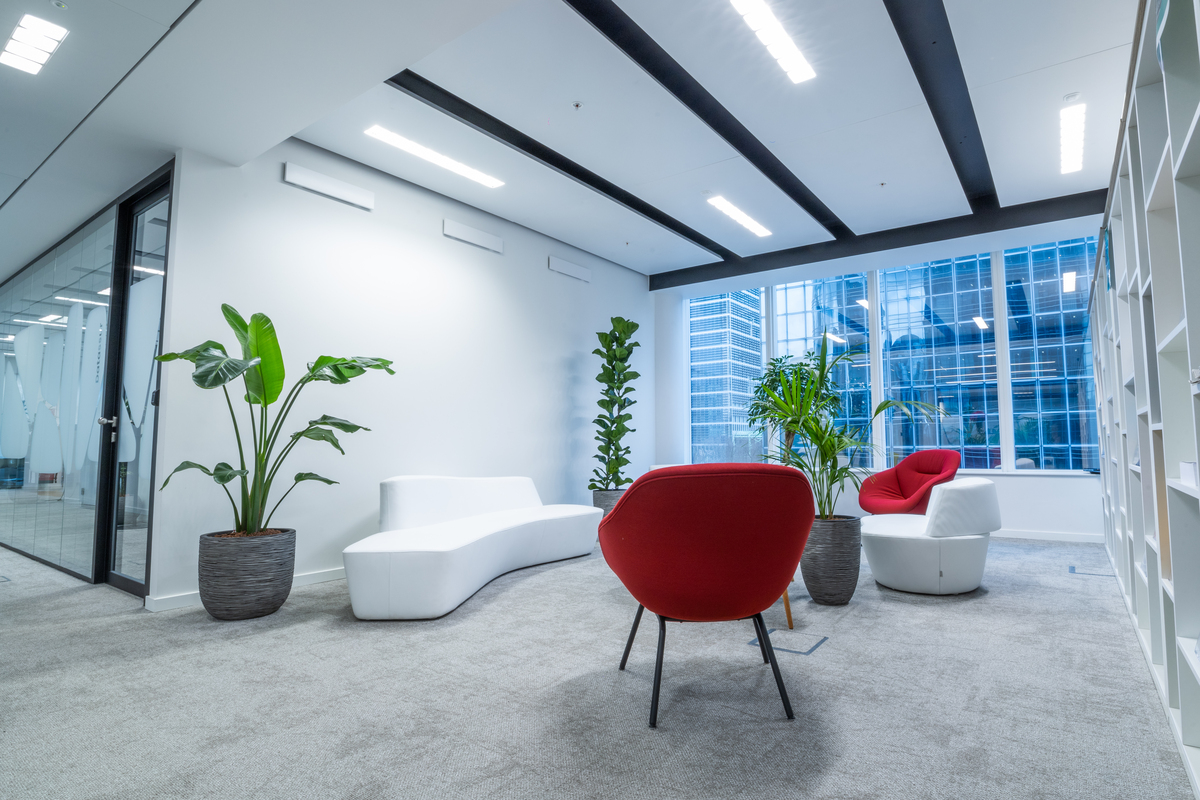
The power of the office: how to create a great working environment?
25/06/2024
While there is little doubt that hybrid working is here to stay, organisations are trying to boost office attendance. However, Leesman's recent publication "Power of Place" shows that the majority fail to provide their employees with a truly great work experience.
86% of employees surveyed by Leesman over the past two years use more than one workplace. This highlights the diverse interpretation of hybrid working. For some, this means going to the office once a week, while others work mainly at the office.
"... the corporate workplace must up its game. Average won't pull employees back. Outstanding is the new minimum expectation."
The diversity of working styles makes it a challenge to meet the different needs of your employees. Yet the office remains a crucial part of their work experience. Except that expectations of what an office should offer are higher than ever.
The good news is that the quality of the working environment is improving. The average work experience, as measured by the Leesman Index score, increased significantly in recent years. But despite this good news, it is still considerably less than the experience when working from home.
"The simple but unavoidable headline here is that the average home supports the average knowledge worker better than the average office."
Four key factors of a great working environment
Leesman's research identified four key areas where great work environments stand out from average ones.
- Pride and corporate image
Although your employees spend less time in the office, the look of your office is still important. Every time an employee or visitor enters your office, it should leave a positive impression. Employees should carry a sense of pride. To this end, Leesman refers to atriums, common areas and general furnishings to reinforce this. - Privacy and concentration
Workers often prefer their home environment for tasks that require concentration. This need remains in the office as well. Quiet spaces to work alone or in pairs are of paramount importance to gain focus and acoustic privacy, especially since noise levels in the office are often far from good. - Connecting and collaborating
With the majority of your employees working from different locations, work becomes largely asynchronous. The office should provide space for both real-time and asynchronous collaboration, as well as creative and informal meetings. This helps strike a balance between remote working and direct interactions at the office.
Good hospitality facilities (e.g. good coffee, among other things) can help maintain a sense of belonging among employees, as can the number and quality of small meeting rooms. In addition, the accessibility of colleagues is especially important for maintaining social ties. - Pleasant working environment
Why should your employees come to the office if it is not pleasant being there? The office should be both functional and pleasant. In a great working environment, your employees will enjoy their time at the office. According to the study, the key is to create an environment that also allows people to relax. Plants, informal workplaces and break-out zones can contribute to this.
Creating a great working environment is not an exact science, but customisation. What they do have in common is that they have an exceptional design and layout that are perfectly tailored to the needs and roles of employees and place great value on hospitality.
Leesman concludes that attendance figures in a hybrid work environment are not the measure of success. What really matters is your employees' experience. Investing in a great working environment pays off: satisfied and productive employees are the result. And if you think the cost of doing this is high, consider the cost of not having such an inspiring workplace!
Want to know how Pami can transform your office? Contact us today for a meeting with no obligation and discover the possibilities.
Source: Leesman. (2024). The Power of Place.
Find out more about "The Power of Place".



